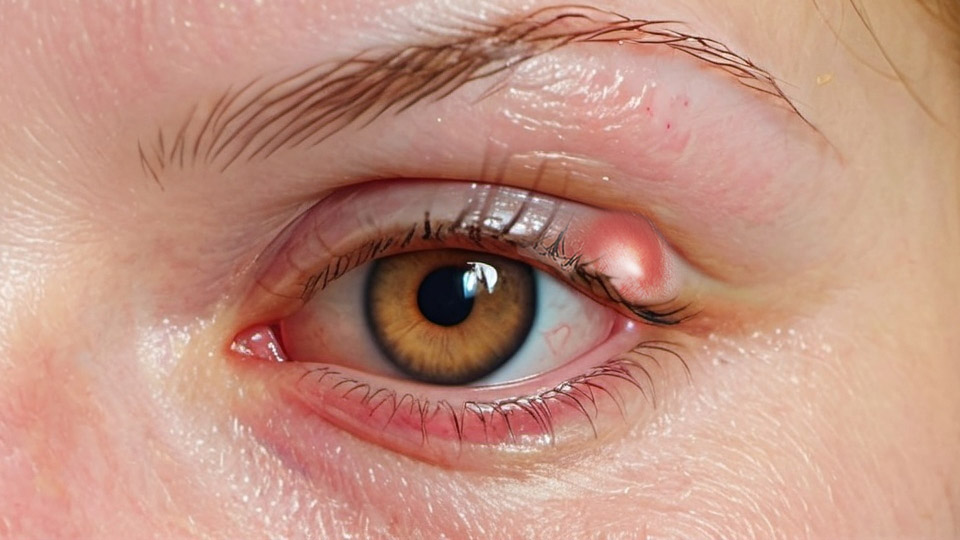Eyelid Styes

What is a stye?
A stye (chalazion /hordeolum) occurs when a meibomian oil gland/s at the margin of the eyelid becomes infected. The presence of a lump disappears on its own when the blockage of the gland opening is relieved, but this does not usually happen spontaneously. A persistent stye may require incision and drainage. The infection often goes away when the pus is drained from the stye.
What causes stye?
Some factors that may contribute to the infection of the glands:
Improper or incomplete removal of eye makeup
Poor eyelid hygiene
Hormonal change
Inflammatory diseases of the eyelid
Symptoms of stye
Here are some of the symptoms:
Pain of eyelids
Redness
A tender lump on the top or bottom eyelid
Burning
Mildly blurred vision
Stye treatment
Apply a warm, damp cloth to your eyelid for about 3 to 5 minutes, 2 to 3 times a day and then clean your eyelids (especially over the margins of the eyelids)
In what circumstances should I visit an eye doctor?
Seek medical attention if the stye becomes painful or tender, or if the eyelids become more swollen and/or affects your vision.
Our eye specialist will be able to treat it with a range of treatments which may be given alone or in combination, such as:
Antibiotic and steroid eye ointments
Warm compress and lid cleanser
Oral antibiotics
Incision and Drainage of the stye